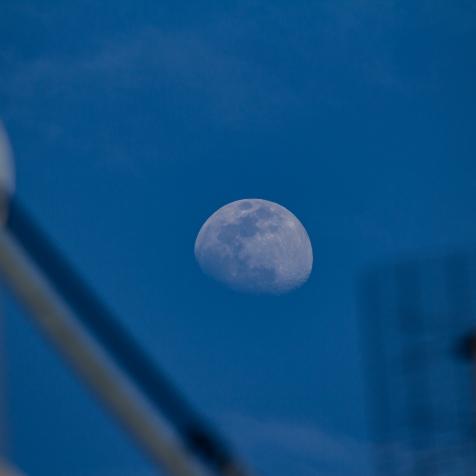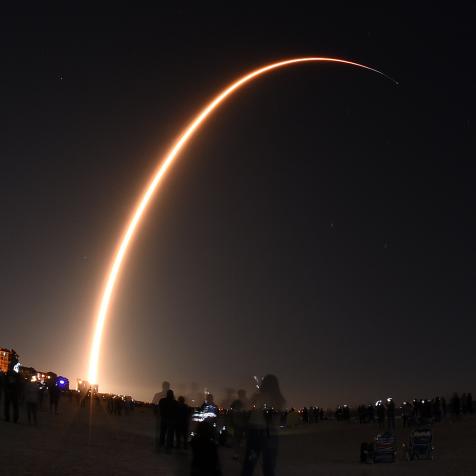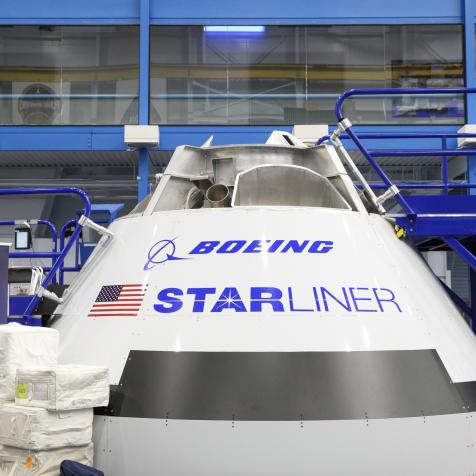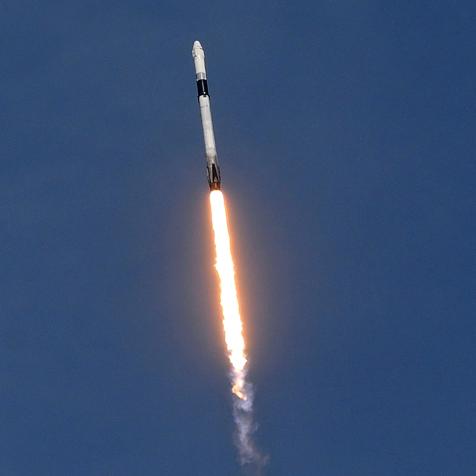
NASA/JPL-Caltech
Red Rover, Red Rover, Send Perseverance Right Over

A few years ago, after the successful deployment of the Curiosity rover on Mars, the folks at NASA envisioned a bold new plan to send another mission to the red planet. The mission was scheduled to depart in the then-futuristic year of 2020.
They called the mission… Mars 2020.
Sigh. But while the whole mission still has that rather bureaucratic moniker, it has two cool components scheduled to launch on July 22nd and arrive at Jezero crater on February 18th, 2021. Let’s meet them.
Perseverance
The new rover is like the older Curiosity. It has the same body plan – it’s about the size of mid-sized SUV and is powered by a radioactive battery – but a bit heavier than its predecessor due to several new science gizmos.
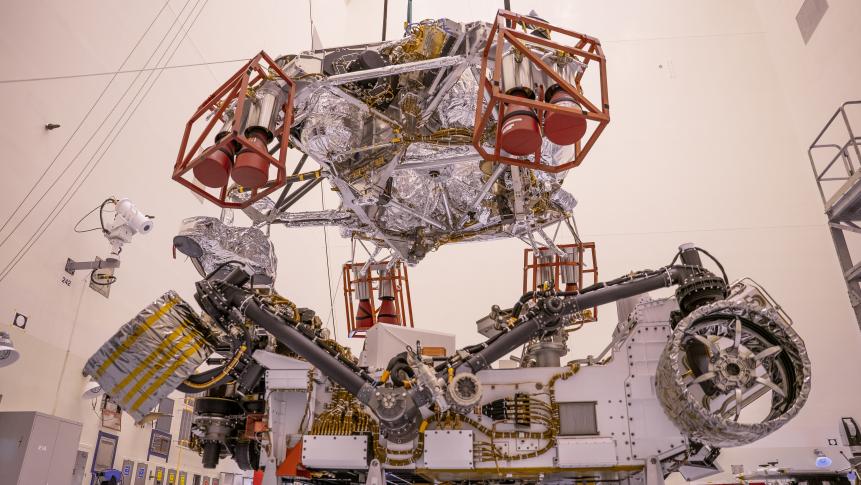
NASA JPL/Christian Mangano
The rover and descent stage are the first spacecraft components to come together for launch — and they will be the last to separate when the spacecraft reaches Mars. At about 65 feet over the Martian surface, separation bolts will fire and the descent stage will lower Perseverance onto the Red Plane. Launch, aboard a United Launch Alliance Atlas V 541 rocket, is targeted between July 17 and Aug. 5 from Cape Canaveral Air Force Station.
Perseverance has two main goals. One, it will hunt for evidence of past life on Mars. While Mars is cold and dead and very, very red nowadays, it was once a cosmic greenhouse with oceans, rivers, streams, rain, and even puffy white clouds. And billions of years ago, when Mars was wet and potentially habitable, so was the Earth. The Earth quickly developed little microscopic critters to swim around in its vast oceans. Did Mars get the same thing?
That’s the million-dollar (or, more accurately, 2.1-billion-dollar) question that Perseverance will answer, hunting for any clues to past life in any promising-looking rocks and chunks of soil. And while studying Mars from afar and through our little robotic friends is fun and all, it really would be great to get our hands on some red sand and make a giant Martian sandcastle – I mean, uh, scientifically investigate a piece of Mars in controlled, laboratory settings on Earth.
Two, as a part of its mission, Perseverance will dig out up to 30 core samples from the surface, leaving them behind in specially-prepared sample containers along its route. It’s hoped that someday (soon), another rover will be sent to retrieve those samples, loft them up in Martian orbit, and send them Earthward for future study.
Ingenuity
Did I mention the helicopter we’re sending to Mars? No, I don’t believe I did. Let me state it clearly: we are sending a helicopter to Mars. Yes, it’s amazing, and I’m guessing that at least 50% of the inspiration for this part of the mission was born from a sheer sense of "let’s-make-this-awesome," but the remainder of the motivation has to do with clear science goals (which are still awesome, but in a different way).
Ingenuity is a four-foot-wide robotic helicopter tucked beside Perseverance. A couple months after landing on Mars, Ingenuity will spread its wings and attempt to fly – the first powered, controlled flight on another planet in human history.

NASA/JPL-Caltech
The primary goal of Ingenuity is as a technical demonstration, following centuries of technological tradition of “Can we actually make this work? I don’t know…let’s find out.” It will be a bit of a challenge. Although the Martian surface gravity is only about 40% that of the Earth’s (making it easier to fly), the air pressure is a measly 1% that of our sea level, making controlled flight hard to control.
The drone will do about a half dozen three-minute flights, scoping out interesting, safe destinations for its parent rover. And if it works, it will prove that we can use drones effectively in future missions.
Also, it’s a helicopter on Mars.












